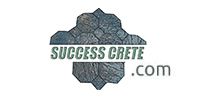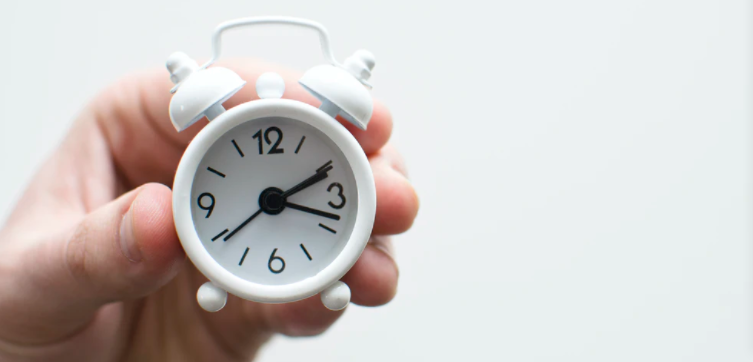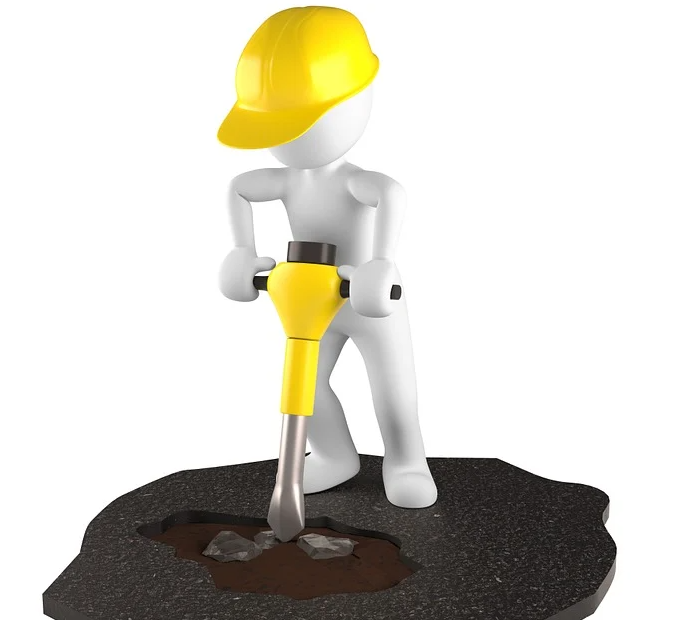Introduction to concrete texture
The concrete texture is much better than the ordinary concrete surface.
Because of its outstanding aesthetic effect, textured concrete has replaced many other materials on many occasions,like commercial flooring and other concrete products
We all know that cement concrete pavement has high strength, good stability, and durability.
Therefore, people use a lot of cement concrete in highway construction instead of asphalt.
With the continuous development of cement pavement construction, the anti-skid problem of pavement has become prominent.
Therefore, people began to add texture to the cement pavement.
Moreover, there are many types of textured concrete. Therefore, textured concrete finishes range from simple to sophisticated, and moderate to expensive.
Correspondingly, their functions are also different.
Among them, it is easy for people to create simple textures. But, people also need some special skills to create difficult concrete finishes.
Now,this article will introduce concrete texture information in detail.










